In a sleepy corner of Yunnan Province, cradled by snow-capped peaks and prayer-flag-draped valleys, there’s a place where yaks wander slowly and time takes a long, sweet breath. Welcome to Shangri-La, a dreamy land inspired by myth but delightfully real, nestled at the edge of the Tibetan Plateau.
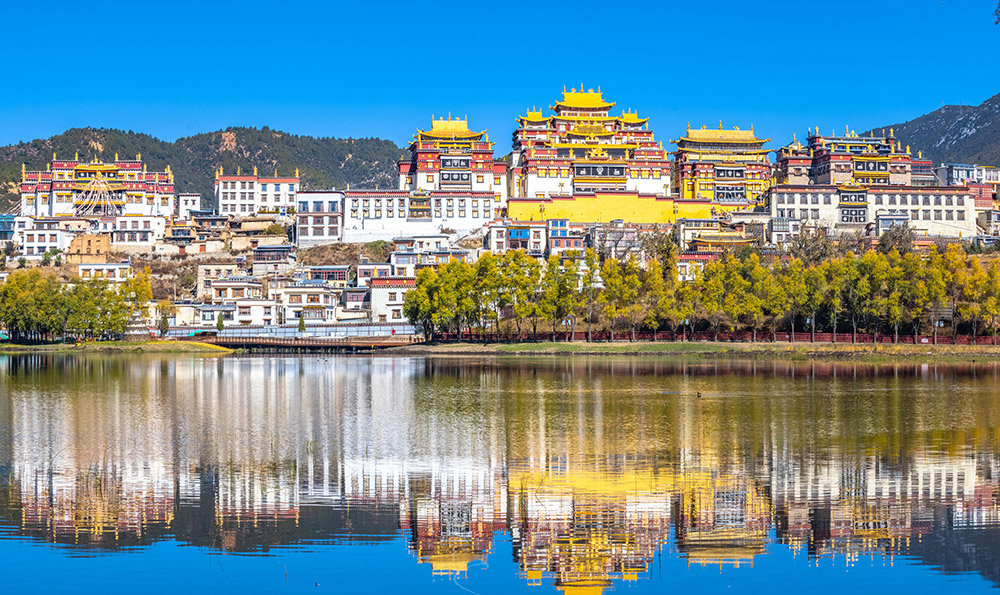
With its crisp mountain air, golden monasteries, and deeply rooted traditions, Shangri-La is one of China’s most quietly magical destinations. It’s a place where you don’t just sightsee—you slow down, listen to the wind-chimes on the temples, sip yak butter tea, and maybe even spin a prayer wheel or two.
Let’s tiptoe through this gentle land of mist and mountains, starting with its heart: Tibetan culture.
The Heartbeat of Shangri-La: Tibetan Culture
Shangri-La (known in Tibetan as Gyalthang) is home to a large population of ethnic Tibetans, whose everyday lives still follow the rhythm of ancient traditions. You’ll see locals in long-sleeved chubas (robes), herding sheep across the grasslands or chanting softly in front of butter-lamp-lit shrines.
The Tibetan spirit in Shangri-La is expressed through language, religion, craftsmanship, and rituals—woven into daily life, not tucked away in museums. Visitors are often warmly welcomed into this culture through shared meals, traditional dances, or hands-on workshops with local artisans.
Whether you’re listening to a folk tale about snow lions or joining a circle of villagers for a fireside circle dance, you’ll feel that Tibetan hospitality is not just kind—it’s cosmic.
Songzanlin Monastery: Little Potala in the Hills
High on a quiet hillside, the golden roofs of Songzanlin Monastery catch the morning light like a whisper from the sky. Also called Ganden Sumtseling Monastery, this is the largest Tibetan Buddhist monastery in Yunnan and is often lovingly referred to as the “Little Potala Palace.”
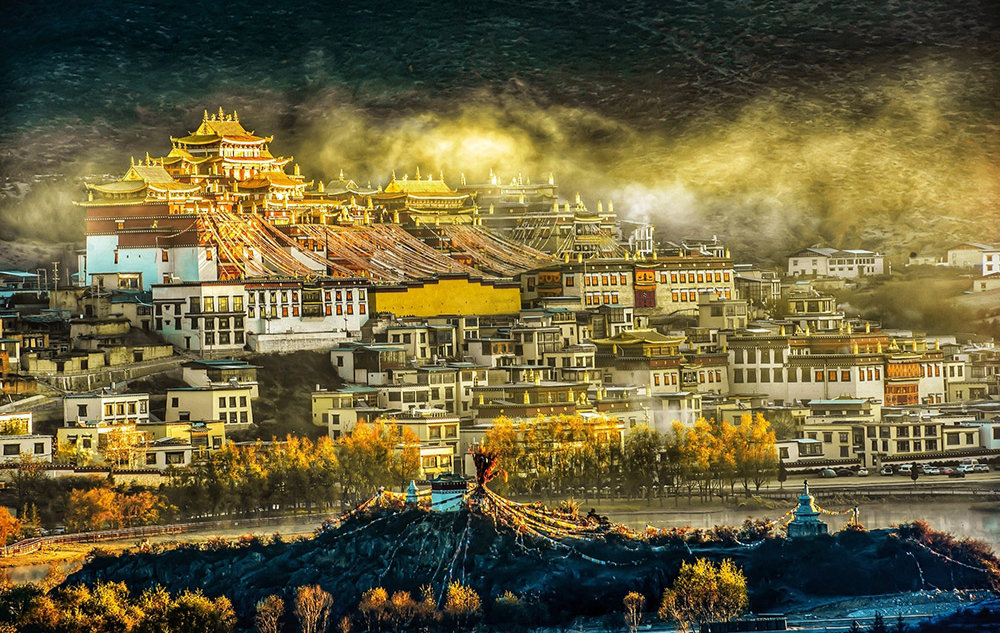
Founded in the 17th century, Songzanlin is home to hundreds of monks and a labyrinth of halls filled with Thangka paintings, scriptures, and the subtle scent of incense. Visitors can wander the temple grounds, listen to the low hum of chanting monks, or climb up for panoramic views of the surrounding lakes and villages.
This monastery isn’t just a religious site—it’s a living heart of Tibetan spirituality, beating softly beneath clouds and prayer flags.
Ethnic Diversity and Folk Traditions
Shangri-La is a cultural tapestry, home to more than 13 ethnic groups, including Tibetans, Naxi, Lisu, and Han. Each community adds its own flavor to the local culture—through music, costume, architecture, and holiday customs.
During the Tibetan New Year (Losar), the streets are filled with masked dances and colorful offerings. In Naxi villages, you might see woodblock-printed Dongba scriptures or hear hauntingly beautiful music played on ancient instruments. And in Lisu settlements, you’ll find handwoven bags in every color of the rainbow, usually carried with a shy smile.
These communities share a deep respect for nature, ancestors, and seasonal rituals—making Shangri-La not just diverse, but deeply harmonious.
Hands-on with Intangible Heritage
Looking for more than just mountain views? Shangri-La is full of intangible cultural heritage experiences that you can try for yourself. Some favorites include:
- Thangka Painting Workshops – Learn to paint intricate Buddhist scrolls using traditional mineral pigments.
- Tibetan Incense Making – Mix herbs like juniper and rhododendron into handmade incense sticks.
- Felt Yak Doll Crafting – Use wool, thread, and folklore to create your own tiny yak guardian.
- Butter Sculpture Art – Delicate, ephemeral, and beautifully spiritual, this traditional craft is practiced especially during festivals.

These experiences are often guided by local monks, artists, or elders, who don’t just teach—they tell stories, hum songs, and remind you that slow work is sacred work.
Famous Places to Visit in Shangri-La
Let’s wander through some of the most beloved and beautiful spots in Shangri-La—each offering its own glimpse into highland wonder.
Napa Lake Wetland
In spring and summer, Napa Lake becomes a mirror of the sky, surrounded by rolling grasslands dotted with wildflowers and horses. In winter, migratory birds like black-necked cranes glide through the valley. It’s a peaceful spot for walking, bird-watching, or sipping tea in a yak-hide tent.
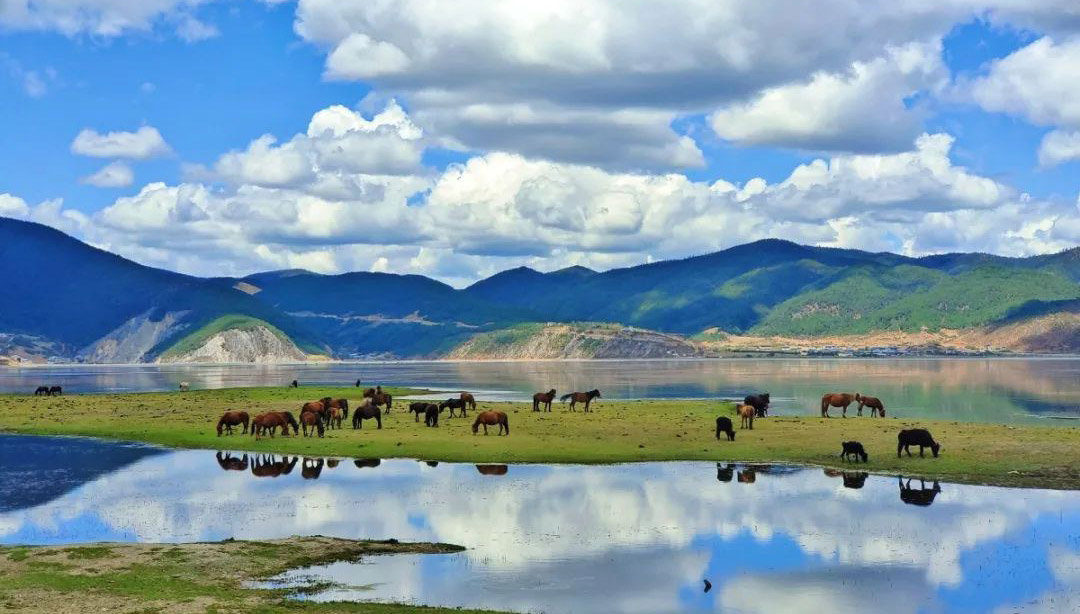
Pudacuo National Park
As China’s first national park at international standards, Pudacuo is a mix of alpine forests, glassy lakes, and highland meadows. You might spot golden monkeys, rare orchids, or Tibetan prayer stones nestled between mossy roots.
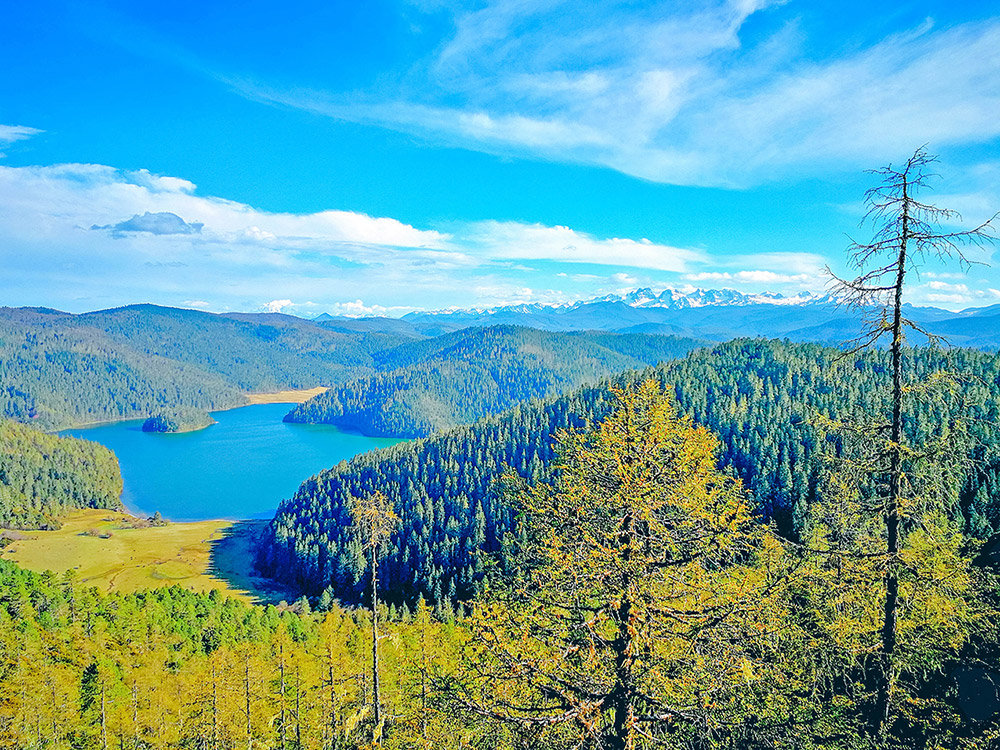
The most famous lakes, Shudu Lake and Bita Lake, are circled by boardwalks where you can stroll in near-silence, broken only by birdsong and your own boots crunching leaves.
Dukezong Ancient Town
Dukezong, the old Tibetan town of Shangri-La, is a cozy maze of wooden homes, stone alleys, and little shops full of yak wool and prayer beads. Don’t miss the Giant Prayer Wheel, which you can help turn with a group of people—sending thousands of prayers into the wind at once.
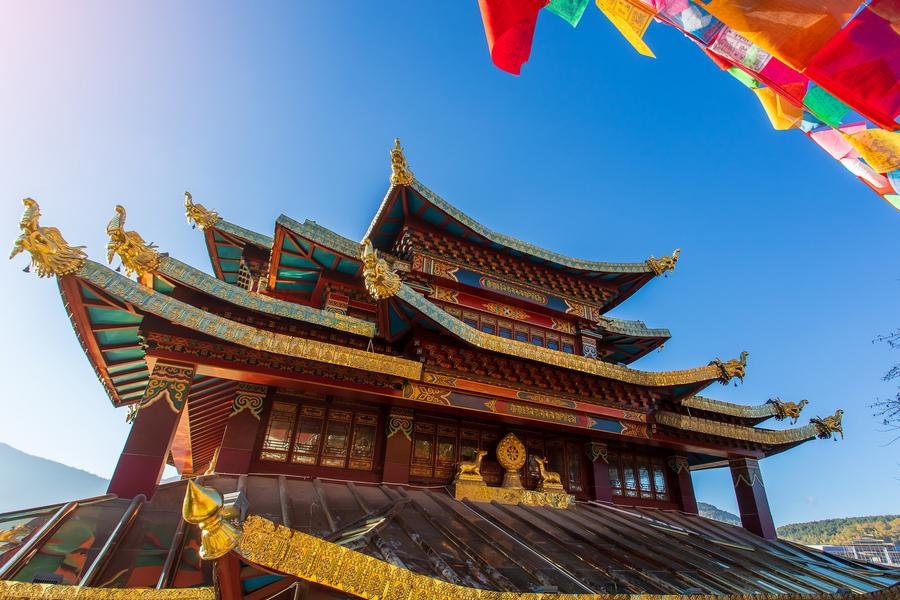
After a fire in 2014, much of Dukezong has been lovingly restored, combining old-world charm with fresh community spirit.
Meili Snow Mountain (Kawagebo Peak)
Though technically on the border of Yunnan and Tibet, Meili Snow Mountain is sacred to local Tibetans and visible from parts of Shangri-La. Kawagebo, the highest peak, is never climbed—out of reverence.
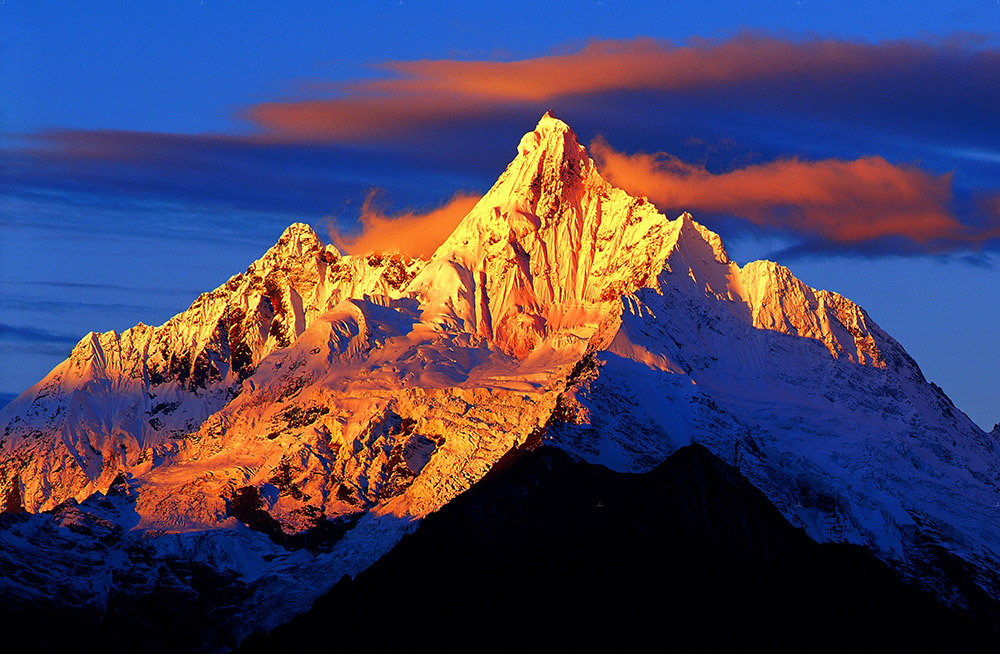
Pilgrims circle the base of the mountain in the Kora, a sacred route believed to purify the soul. Even if you don’t join the full circuit, just glimpsing the mountain at sunrise, glowing gold above the clouds, feels quietly transformative.
A Slower Kind of Travel
Shangri-La isn’t about rushing from one site to the next. It’s about sitting on a wooden porch with butter tea, listening to a grandma tell a story. It’s about hiking slowly through prayer-flag forests and finding moments of peace you didn’t even know you needed.
It’s also perfect for eco-conscious travel, cultural immersion, and low-key trekking—ideal for travelers who want something meaningful without needing high-speed thrills.
So, Why Visit Shangri-La?
If you’re curious about Tibetan Buddhism, love highland landscapes, or want to experience traditional crafts in a way that feels personal and thoughtful, Shangri-La is your mountain town. It’s quiet but rich, humble but full of treasure.
Come for the mountains, stay for the monks, the yaks, the quiet laughter, and the slow-burning incense of a world that still moves to its own rhythm.
Contact us today to craft your dream China adventure!

